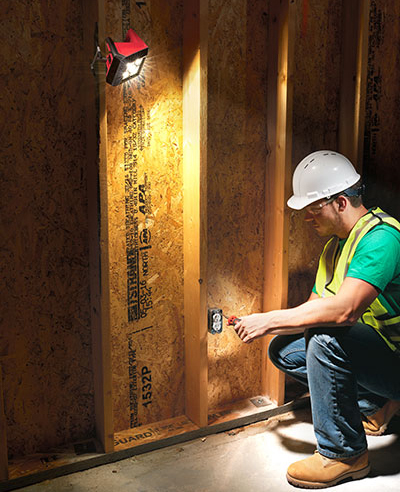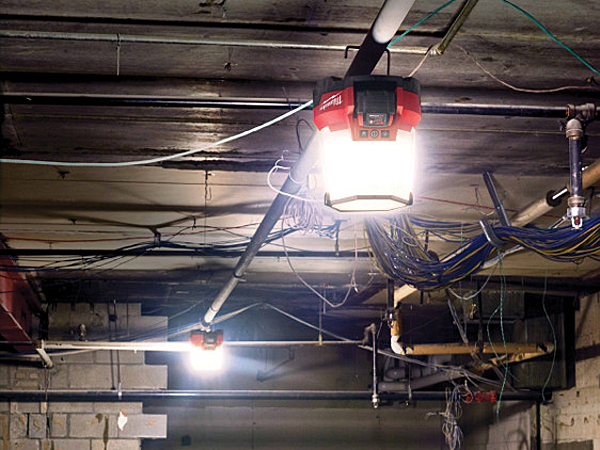
Steady and sometimes radical improvements in lithium-ion battery technology are enabling manufacturers like Milwaukee to convert more power tools to cordless every year. If you follow the “What’s In Store” section of our eZine, you see these tool innovations emerging regularly for drilling, fastening, cutting and more recently, even routing, sanding and air compressors. But, while jobsite users have been able to “cut the cord” on more of the tools they depend on every day, the same innovation hasn’t kept pace for jobsite lighting. Bringing task or area lighting to spaces without easy access to power has typically required extension cords, disposable batteries, fuel-powered generators and short-lived halogen or incandescent light bulbs.
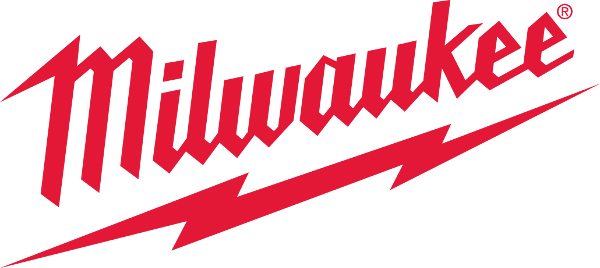
“It’s outdated technology,” says Tom Simeone, Milwaukee’s vice president for product management who oversees the company’s LED jobsite lighting category. “Access to quality light is a fundamental need for a safe, productive work environment … Oftentimes, light quality, portability and durability fall short of users’ needs. It was clear to us that temporary jobsite lighting was a major obstacle for safety, productivity and overall financial return.”
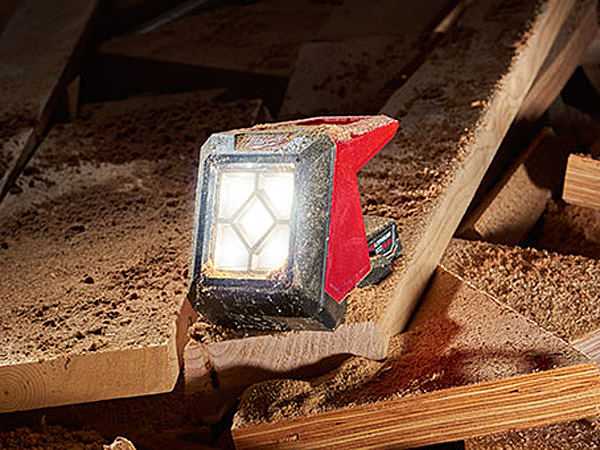
That’s why about eight years ago Milwaukee took a first step to improve jobsite lighting when it integrated LED into cordless lights. Then, seeing a significant opportunity to innovate, the company set out to pair its M12™ and M18™ battery platforms with improved LEDs and optics to introduce a full line of high-output battery-powered lighting products.
For about three years now, Simeone says Milwaukee has dedicated significant research and development resources into this category. “We have an entire team of engineers and R&D personnel that work daily on discovering unmet user needs and pushing the boundaries of work lighting technology.”
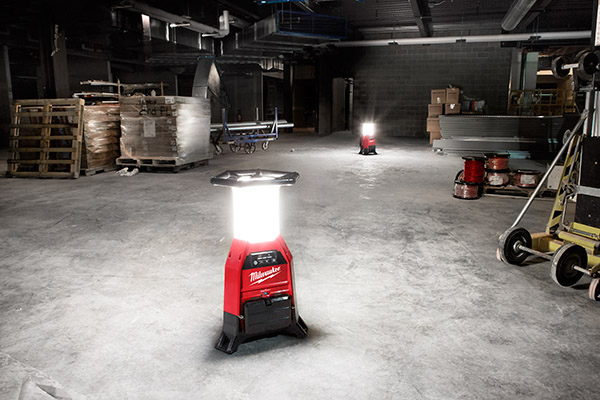
The results of their efforts have brought 29 unique lighting products to market to date, with a number of innovative developments. For one, the lumen output of Milwaukee’s LEDs has increased by over 400 percent, while at the same time becoming more efficient, Simeone reports. That’s due in part to Milwaukee’s TRUEVIEW™ high definition output. It uses advanced LED technology and optical designs to deliver a consistent beam, optimized color temperature and shadow-free, neutral white light. The LEDs are 30 percent brighter than halogen lights while remaining cool to the touch during use.
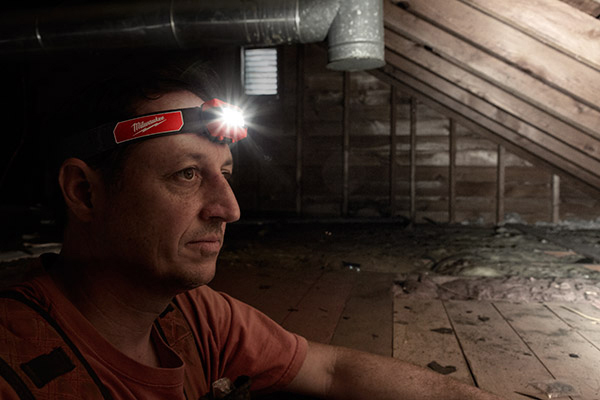
Bright, cord-free and cool-operating lighting is, of course, safer to use on the jobsite. Milwaukee has also improved the safety of its lighting products that can be operated by either AC power or a battery: in the event that a power outage occurs while a dual-current light is plugged in, their electronics switch them over automatically to DC battery power, so the jobsite never goes dark.
Another Milwaukee innovation brings remote control to lighting. You may recall that last year, Milwaukee unveiled its ONE-KEY™ smart phone and tablet app to customize and monitor a number of cordless power tools. That technology made its way to the company’s M18 RADIUS™ Compact Site Light, too: its on/off function, brightness level and light direction all can be controlled by the free app. The Bluetooth® interface is particularly useful when RADIUS is positioned at hard-to-reach heights or in remote areas; lighting the jobsite each morning or evening doesn’t require a ladder — just a few taps of an app.
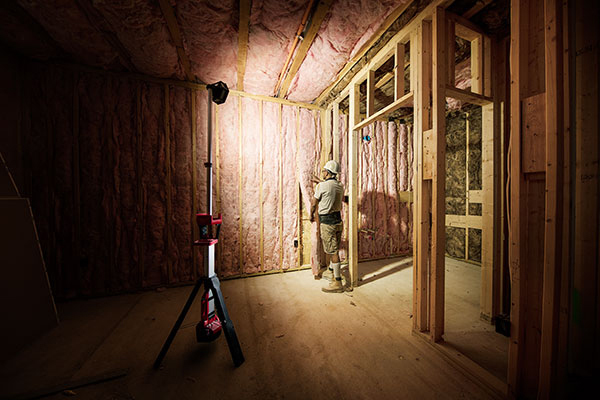
Most recently, Milwaukee unveiled three new solutions in its Personal Lighting category: a flashlight, hardhat headlamp and ROVER™ pocket floodlight. All three are powered by an extremely compact, removable REDLITHIUM® USB battery that can be recharged either by a USB cord or removed from the light and placed on a charger. “(REDLITHIUM USB) offers three times faster charge time, so users can get back to work more quickly, Simeone says. “Plus, with over 2,000 recharges, REDLITHIUM USB eliminates the dependency on disposable batteries in situations of extended use.”
These personal lighting products add a new category to Milwaukee’s other three groupings that focus on flood, site and tower lighting (four ROVER™, five RADIUS™ and three ROCKET™ product options, respectively).
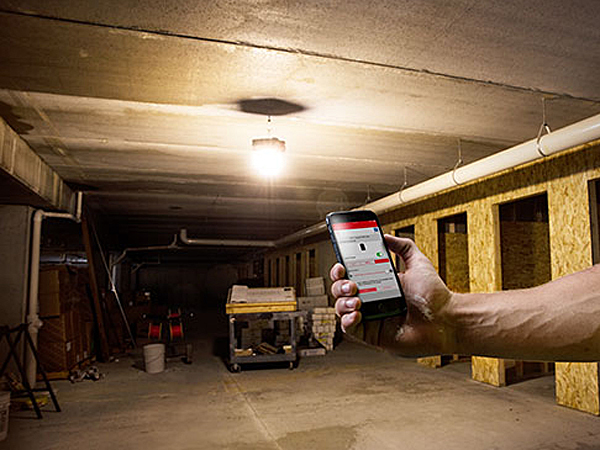
Simeone insists that the extensive variety of LED products Milwaukee offers all are trade-focused solutions to real-world problems — not excuses to add product SKUs. “Our users want solutions that put light where they need it, when they need it. We start with a thorough evaluation of the job at hand — the frustrations, needs, previous limitations — and set out to completely rethink the process.” The goal? To solve the fundamental challenges users face day in and day out.
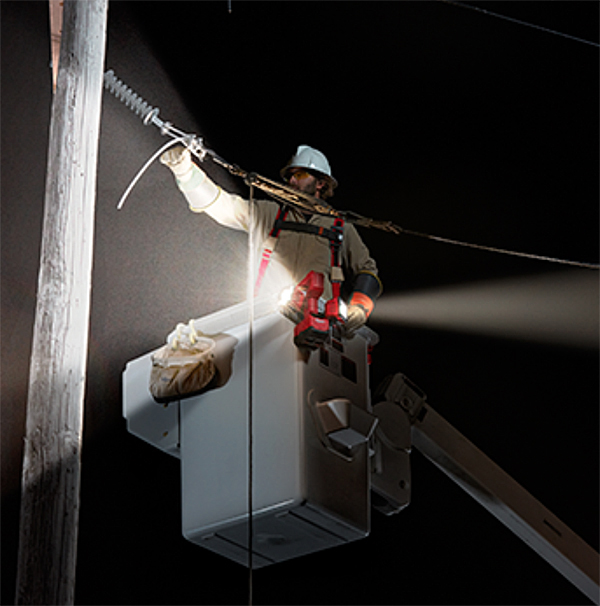
“A great example of this is our M18 Utility Bucket Light. This product filled a major need for our power utility users and has changed the way linemen complete their work while in the air,” he says. “These opportunities to improve working conditions like this exist within all of Milwaukee’s core trades.”
Regardless of what types of new LED lighting might be in store to satisfy the needs of tradespeople, Milwaukee is nevertheless committed to keeping them standardized within the M12 and M18 battery platforms. “We will continue to develop solutions that don’t require users to invest in entirely new battery systems,” Simeone maintains. “Everything comes right back to giving users the power to be as productive and safe as possible.”
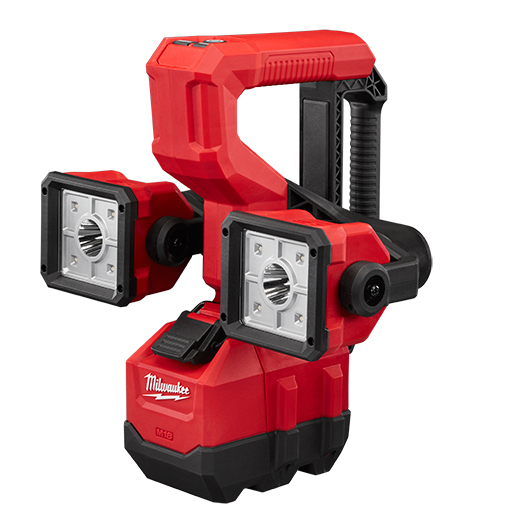
That’s why, for instance, the M18 ROCKET Tower Light can achieve a runtime of up to 17 hours on Milwaukee’s new HIGH DEMAND 9.0 battery pack but can also be powered by any other M18 battery pack on the jobsite. The same batteries used for essential tools are interchangeable with jobsite lights to keep productivity up and tool investment costs down.
Through a combination of high output LEDs, advanced battery technology and intelligent electronics, Simeone believes Milwaukee is achieving its goal of providing practical, rugged and safe solutions that replace traditional halogen and incandescent lights — and the corded tethers that go with them.
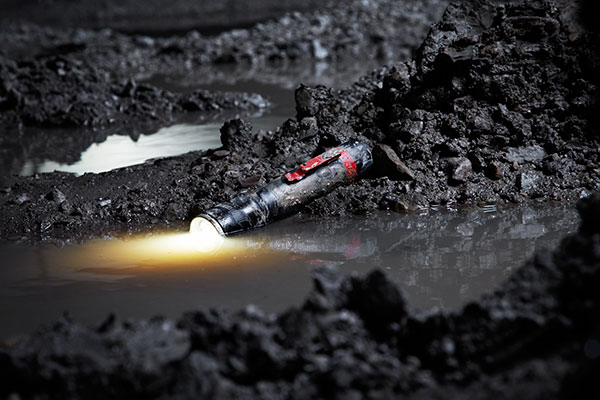
“(We’re) the largest innovator of cordless jobsite LED temporary lighting today,” Simeon says. “And, we are just scratching the surface. Milwaukee’s commitment to this space is directly linked to our end-users’ needs. We are going to continue to work shoulder to shoulder with our end users to develop solutions that make them more productive.”
Learn more about Milwaukee’s LED lighting products by clicking here.
